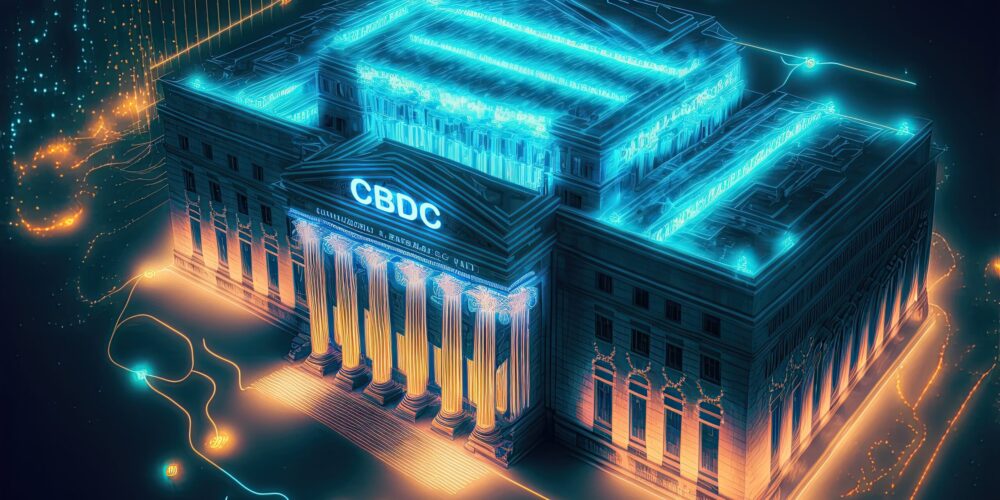Brazil’s Central Bank has officially terminated the blockchain-driven platform for its planned digital currency, Drex, unveiling concerns over high operational costs and privacy issues. This surprising shift marks a pivotal moment, likely ushering in a new era dominated by privately-issued stablecoins and tokenized assets in Brazil’s financial landscape.
The Demise of Drex
After a recent meeting with private-sector players involved in the project, Brazil’s Central Bank made the decisive call to shut down the distributed ledger technology (DLT) that powered the first phases of Drex. Unresolved privacy concerns surrounding transaction processing and the prohibitive costs associated with maintaining the platform were underlying factors in this decision. As reported by
Henrique Teixeira, a financial expert, the discontinuation serves as a “cold shower” for Drex, signaling that the era of state-backed CBDCs may be receding.
Further development will enter a technology-neutral phase, with discussions scheduled to commence in early 2026.
This unforeseen halt to Drex not only reflects a willingness to prioritize privacy and reduce costs but also sets the stage for innovation. With the Drex tooling laid aside, the Brazilian Central Bank is now open to re-evaluating its approach toward digital currency, focusing on models that ensure both security and flexibility as it envisions what phase three might look like.
Surge in Private Stablecoins
The closure of Drex clears the way for privately issued stablecoins, which are rapidly gaining momentum in Brazil. Major financial institutions like Itaú Unibanco and Safra Bank have been quick to seize the opportunity, with disclosures about their own stablecoin projects pending regulatory approval. This pivot from a state-controlled digital currency toward privately developed alternatives allows for greater agility and tailored financial products.
Stablecoins—cryptocurrencies pegged 1:1 to traditional currencies—have emerged as a viable solution for settling transactions involving tokenized assets that were previously distributed without centralized backing. Banks have the resources to develop their own stablecoins for uses such as debentures and investment funds. Teixeira posits,
“Initially, the winners will be those who can move fastest. Larger banks, in the S1 and S2 categories, have more resources and expertise, giving them an edge.”
This competitive landscape promises significant advancements for both consumers and financial institutions.
Bank Initiatives and Regulatory Support
Brazil’s banks are already pioneering various initiatives to incorporate stablecoins into everyday financial operations. Notably, Nubank is allowing its customers to make credit card payments using dollar-pegged stablecoins, a move aimed at mitigating the financial strain caused by fluctuating currencies and high remittance fees experienced in Latin America. As stated at Meridian 2025, the goal is to surmount these traditional barriers by linking blockchain assets with mainstream banking.
Moreover, the collaboration between Circle and Matera is a crucial partnership enabling Brazilian banks to leverage USDC for cross-border settlements directly through existing payment infrastructures like Pix. According to
Carlos Netto, CEO of Matera, “interoperability between stablecoins and local currency accounts is no longer a side project — it’s now at the heart of the financial system.”
This seamless integration will undoubtedly facilitate quicker transactions, while also empowering users to handle multi-currency balances with ease.
Global Implications and Market Dynamics
This significant pivot from the Drex CBDC platform aligns with a broader global trend favoring decentralized financial solutions over government-backed digital currencies. In the U.S., for instance, the executive order promoting private stablecoins resonates with Brazil’s current trajectory. As stablecoins dominate 90% of cryptocurrency transactions in Brazil, they are primed to redefine the nation’s economic landscape, potentially enhancing financial inclusion and transaction efficiency.
Experts forecast that the growth of stablecoins will not only counteract inflationary pressures but also streamline operations within the financial sector. The recent efforts in Brazil echo similar initiatives worldwide, where institutions are increasingly exploring ways to incorporate crypto into traditional banking practices. This growing acceptance of stablecoins positions Brazil at the forefront of financial innovation in a dynamically evolving global market.
Bracing for the Future of Finance
With Drex’s cessation serving as a catalyst for change, Brazil stands on the brink of a significant transformation in its financial infrastructure. The shift towards private stablecoins invites a diverse range of products that can cater more effectively to the needs of consumers and businesses alike. Financial institutions are urged to adapt rapidly, ensuring they remain relevant in this growing ecosystem.
As discussions regarding regulatory frameworks continue, stakeholders must navigate the exciting yet challenging landscape of digital finance. As Teixeira aptly noted, the “winners will be those who can move fastest.” This sentiment encapsulates the urgency for Brazilian banks to innovate, allowing for a responsive financial environment that is prepared to conquest the future of money and payment solutions.




